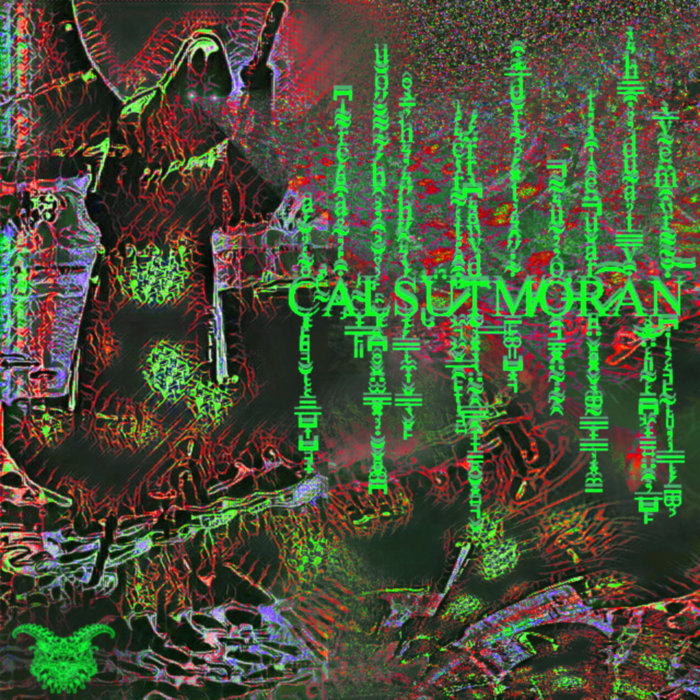

However, in hallucination there are only internal causes, so there is no real stimulus that motivates the appearance of what is perceived.įor example, in an illusion you can confuse the noise of a fan with the voice of a person and think that someone is whispering something. In the illusion are involved both internal and external influences, a fact that produces a misinterpretation of a real stimulus. This first criterion allows to differentiate between illusion and hallucination, two concepts that can easily be confused. In order to adequately distinguish hallucinations from other symptoms, Slade and Bentall, two cognitive authors, proposed three main criteria.ġ- Any experience similar to the perception that occurs in the absence of an appropriate stimulus In fact, hallucinations constitute a type of perceptual alteration, however these may also adopt other forms of presentation and manifest different characteristics. It is necessary to take into account that not all the perceptive alterations make a hallucination.

These authors interpreted hallucination as a phenomenon of belief, of judgment and, therefore, considered it as a disorder of an intellectual nature.įrom this perspective, hallucinations cease to be a perceptive disorder and begin to acquire connotations of judgment and belief, so that it begins to be conceptualized as disorders of thought and to relate to delusions.Īt present, it is considered that hallucinations constitute an alteration of both thinking and perception, which is why both factors are involved in conceptualizing these symptoms. In this line, it is also necessary to emphasize the conceptualization of the hallucinations realized by the authors who investigated this phenomenon under what is known as intellectualist stance. Thus, for many years now, hallucinations are considered mental alterations that respond to an abnormal functioning of the Brain structures.
#Auditory hallucination professional
"The activity of the brain is so intense that the visionary, the person who hallucinates, gives body and reality to the images that the memory Remember without the intervention of the senses,"commented the French professional very correctly. This appreciation served for the first time to postulate perceptual distortions as a brain phenomenon foreign to the functioning of the senses.

The first definition of hallucination appeared in 1832 from the hand of Jean Étienn Dominique Esquirol, A French physician who related perceptual distortions to brain functioning.Įsquirol conceptualized the hallucination in the following terms"in hallucinations everything happens in the brain". Typically, this type of symptomatology is associated with schizophrenia, However, hallucinations may appear in other mental disorders and as a direct effect of other causes.


 0 kommentar(er)
0 kommentar(er)
